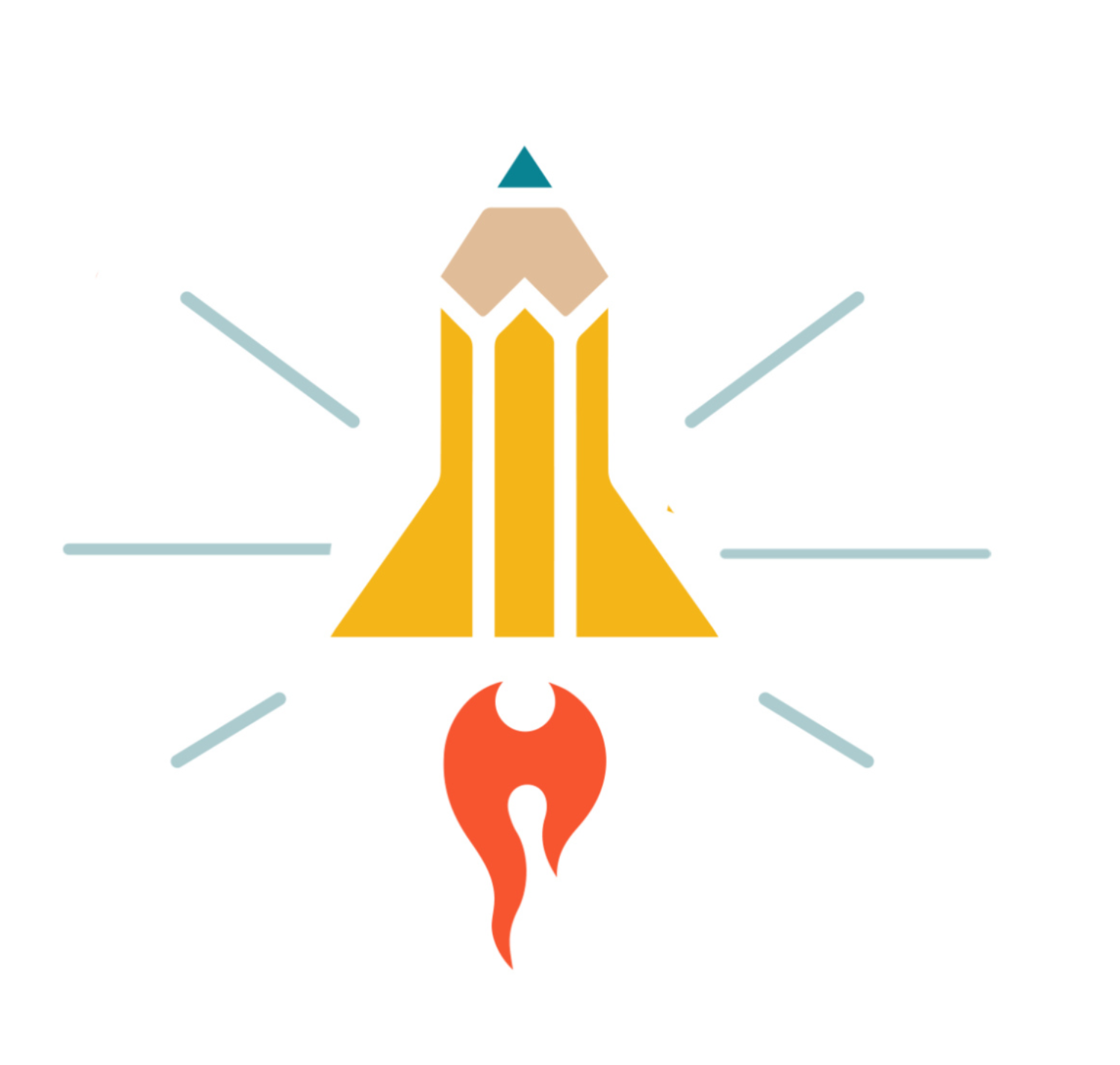Field Stories
I've been teaching for over 20 years. I've got a few stories to tell.
Hope
Flavio stole through the thick Angolan brush, his bare feet bleeding and bruised, the firelight of burning huts illuminating his back as he pushed into the night. At dawn, when the soldiers returned to the charred village to look for survivors Flavio was well into his 500 mile trek to the Congo where, now an orphan, he stowed away on a freighter and sailed to the United States. In 1994, in a cramped sweltering classroom in inner-city Houston, a tall, ropy-limbed African boy held out his strong hand to shake mine. His neatly-pressed clothes were a size too small, but his eyes sparkled with light.
Robert E. Lee High school - overflowing with over 3000 mostly immigrant students - was an oasis for refugees from crises across the globe: Somalia, Bosnia, Haiti, Colombia, Vietnam, El Salvador, Afghanistan. Over 100 countries were represented in our school and strolling down the hall, if you listened carefully, there was no telling what language or story you might hear. Despite their burdens - some worked forty hours a week, some were parents, others were their own parents - the tired, poor, and huddled students of Lee High seemed exceptionally grateful to be in school. Lee was like a balloon they blew up each morning and then climbed inside, its walls the thinnest protection from the harsh world outside.
While I taught my students the history of their new home, they taught me the story of suffering. By Christmas we had buried Jean, a lanky happy kid from Jamaica, excited about graduation, crushed on the way to school; mourned the mother of my 16 year-old student Edilson, killed in a hit and run as she walked to work, making him an old orphan; and then there were all the students I never met whose journeys to the promised land were cut short - stopped at the border, stepped on a landmine, thrown from a freight train, drowned by bandits. But I also learned about resilience in my students’ excitement in their new lives and experiences: we loaded into my car for free-day at the Museum of Fine Arts on free-day, I traded them driving lessons in my Subaru (“it’s like a toaster on wheels, Meester”) for Cumbia dance lessons for me and my wife, and together we invented bilingual nicknames for their classmates - Freddy Cabeza, “Fred Head”; Nestor Alegria, “Happy”; and Jose “K” Rico. The past was so hard that, like air escaping a balloon, life forced them onward. 8:00 a.m., studying the gilded age after a late-shift at the grocery store, or a long night nursing a sick younger sibling back to health, my students slumped on their battered desks, dreaming of a brighter future. A cargo ship carried Flavio across the Atlantic, and at the end of his year at Lee his brilliant soccer skills took him to college. His eyes shone as he walked across the graduation platform and into the future. Hope is not quantifiable, cannot be learned from a lecture, or measured on a test; but it is one of the most valuable things we can ever learn.
